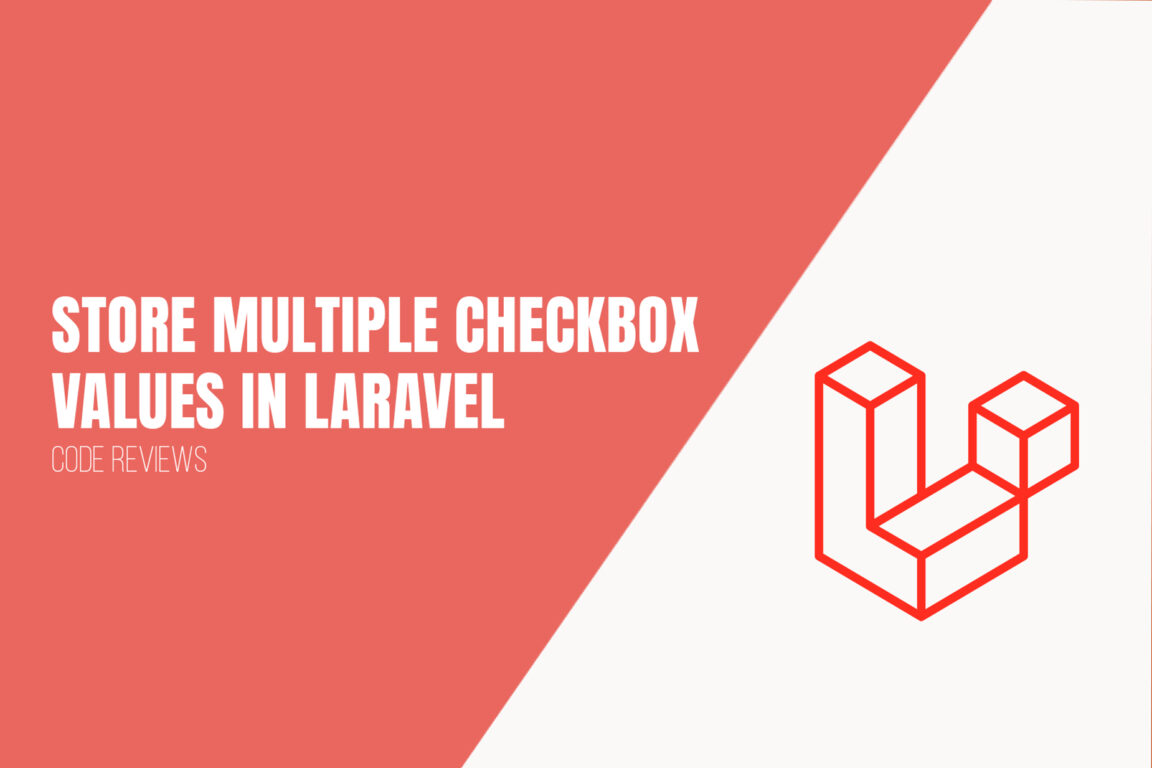There are several ways to store the values of multiple checkboxes in a database in Laravel. Here are some options:
- Use a “boolean” type field : each checkbox can be saved as "true" or "false" in a boolean type field in your database.
- Use a “text” type field : you can store the values of all checked checkboxes in a text type field, separating each value with a comma. For example, if the user checked the "fruits" and "vegetables" boxes, you can save this information as "fruits,vegetables" in a text type field.
- Use a relationship table : if you have several checkboxes that are linked to the same record, you can use a relation table to store this data. For example, if you have a "products" table with a "categories" column, you can create a "product_categories" table that links the selected categories to each product.
- Use a “table” type field : If you are using a database that supports arrays (like PostgreSQL), you can store the values of multiple checkboxes in an array type field. This will allow you to store multiple values in a single field without having to use a relationship table.
Table of contents
Store multiple checkbox values in a database using an array
In Laravel, you can store multiple checkbox values in a database by using an array to store the values in a single field. Here is an example of how you can do it:
1. Create a migration to add a field to your database table to store checkbox values. For example, if you want to store the values in a field called "options", you can use the following migration:
use Illuminate\Support\Facades\Schema;
use Illuminate\Database\Schema\Blueprint;
use Illuminate\Database\Migrations\Migration;
class AddOptionsToTableName extends Migration
{
/**
* Run the migrations.
*
* @return void
*/
public function up()
{
Schema::table('table_name', function (Blueprint $table) {
$table->text('options')->nullable();
});
}
/**
* Reverse the migrations.
*
* @return void
*/
public function down()
{
Schema::table('table_name', function (Blueprint $table) {
$table->dropColumn('options');
});
}
}2. In your form, create checkboxes for each option you want to save. For example :
<input type="checkbox" name="options[]" value="option1"> Option 1
<input type="checkbox" name="options[]" value="option2"> Option 2
<input type="checkbox" name="options[]" value="option3"> Option 33. In your form submission processing logic, retrieve the values of the selected checkboxes and store them in the database. For example :
$options = $request->input('options');
$model = new Model();
$model->options = json_encode($options);
$model->save();This stores the values of the selected checkboxes in the "options" field as a JSON encoded array. You can then retrieve and display the selected values by decoding the JSON array when you retrieve the record from the database.
$model = Model::find($id);
$options = json_decode($model->options);Sample codes to store multiple checkbox values in Laravel
Here are some sample codes for storing the values of multiple checkboxes in a database in Laravel:
Use a “boolean” type field
Creation of the “subscription_newsletter” boolean column in the “users” table:
Schema::table('utilisateurs', function (Blueprint $table) {
$table->boolean('abonnement_newsletter')->default(0);
});Registration of the user's subscription to the newsletter when submitting the form:
$utilisateur = new Utilisateur;
$utilisateur->abonnement_newsletter = $request->input('abonnement_newsletter');
$utilisateur->save();Use a “text” type field
Creation of the "options_sélectionées" column of text type in the "survey" table:
Schema::table('sondage', function (Blueprint $table) {
$table->text('options_sélectionnées');
});
Saving the options selected by the user when submitting the form:
$sondage = new Sondage;
$sondage->options_sélectionnées = implode(',', $request->input('options'));
$sondage->save();Use a relationship table
Creation of the table "categories_products" with the columns "id_product" and "id_category":
Schema::create('catégories_produits', function (Blueprint $table) {
$table->bigIncrements('id');
$table->integer('id_produit');
$table->integer('id_catégorie');
$table->timestamps();
});Saving categories selected by the user when submitting the form:
$produit = new Produit;
$produit->save();
foreach ($request->input('catégories') as $catégorie) {
$catégorie_produit = new CatégorieProduit;
$catégorie_produit->id_produit = $produit->id;
$catégorie_produit->id_catégorie = $catégorie;
$catégorie_produit->save();
}Use a “table” type field
Creation of the column "options_selected" of table type in the table "poll" (if you use PostgreSQL):
Schema::table('sondage', function (Blueprint $table) {
$table->jsonb('options_sélectionnées');
});Saving the options selected by the user when submitting the form:
$sondage = new Sondage;
$sondage->options_sélectionnées = $request->input('options');
$sondage->save();It is important to note that, in any case, you will need to ensure that your checkbox values are properly validated and cleaned before being saved to your database. You can use Laravel's validation controllers and data filters for this.



